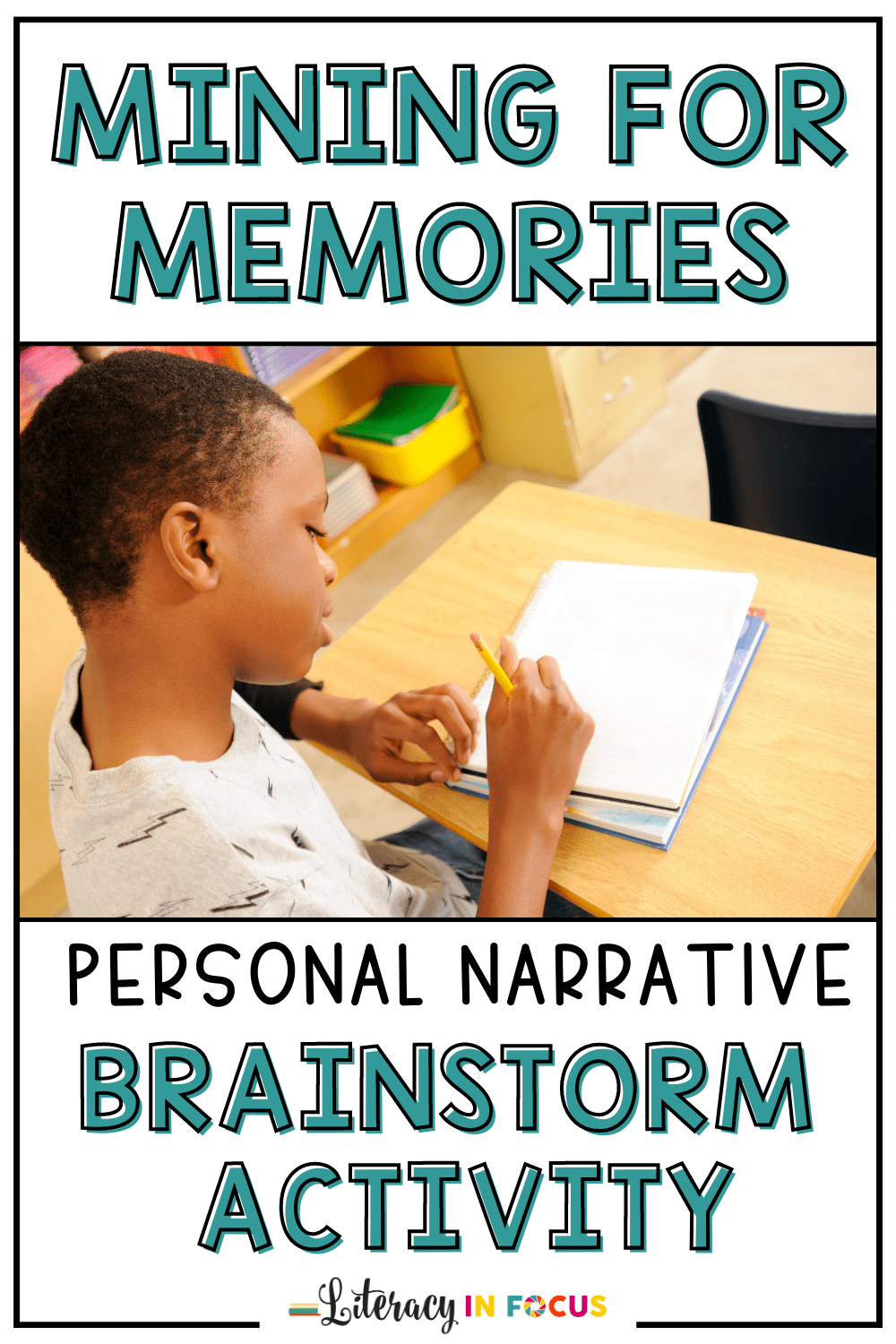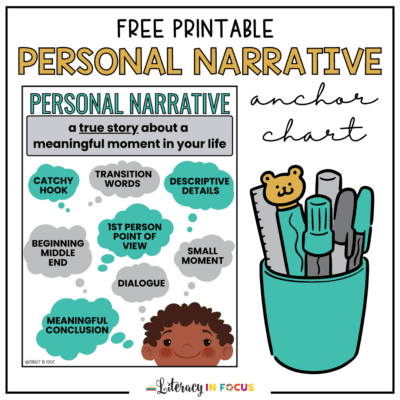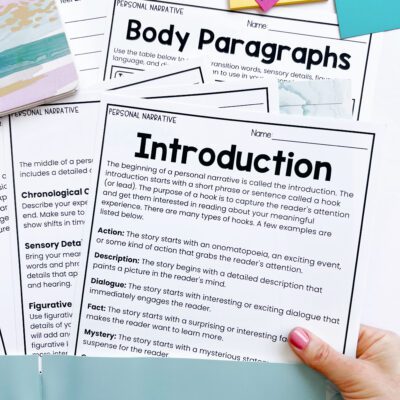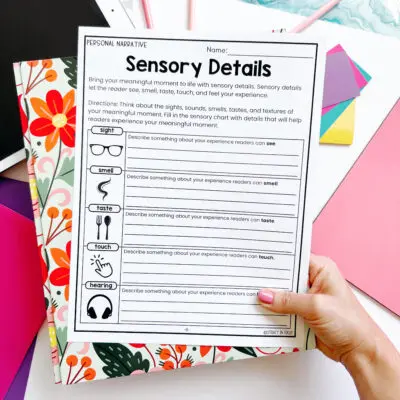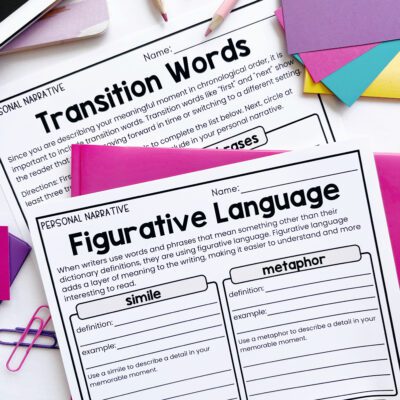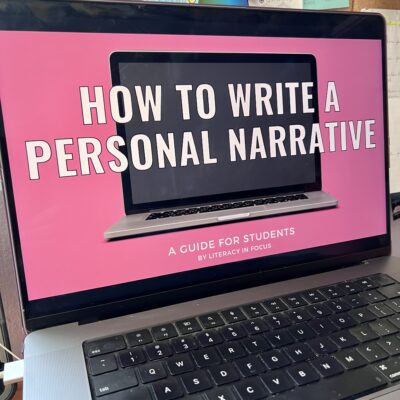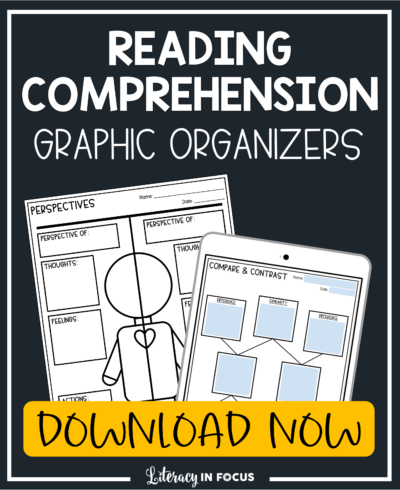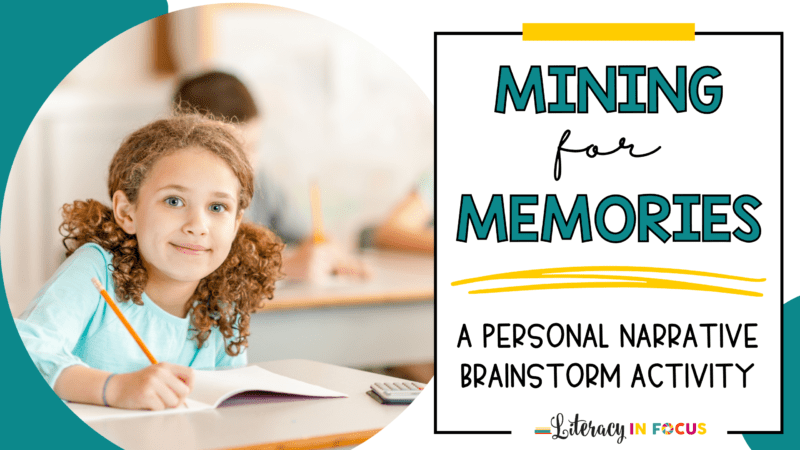
Picking a Topic: Personal Narrative Activity
Choosing a personal narrative topic can be a daunting task, especially for young writers in elementary and middle school. The prospect of selecting a single experience and turning it into a captivating essay can leave students feeling overwhelmed and intimidated. Make the process easier with the engaging and effective introductory activity explained below. It’s perfect for launching your personal narrative unit!
This activity provides a structured approach to brainstorming, moving students towards meaningful and relatable topics for their personal narrative essays. By incorporating guided prompts and interactive elements, this activity helps students overcome the challenge of topic selection and encourages them to delve deeper into their own experiences, emotions, and perspectives.
Step 1: Define
Before diving into the brainstorming activity, make sure students have a solid understanding of the definition and purpose of a personal narrative.
Characteristics of a Personal Narrative
A personal narrative is a true story about the writer’s life written in first person point of view.
- engaging introduction
- chronological order (beginning, middle, and end)
- small moment in time
- signal words
- sensory details
- figurative language
- dialogue
- meaningful conclusion
Click here to download the Personal Narrative Writing Unit!
- Step-by-Step Writing Unit
- Print & Digital
- Anchor Charts
- Graphic Organizers
- Mentor Text
- Checklists
- Rubric
- Mini-Lessons
Everything you need to teach students how to write a personal narrative!
Step Two: Brainstorm
Students will spend approximately 30 minutes generating a wide-range of ideas and possibilities for their personal narratives. Completing this process will help students evaluate their memories and establish a clear direction for writing.
Here’s how it works:
- Give students two minutes to answer each prompt listed below. Using a timer will add urgency, keeping students on task and focused.
- For each prompt, students should record the first thing that comes to their mind. The goal is to identify the memory, not dig into the details.
- When students have finished responding to all the prompts, have them circle one meaningful memory to use for their personal narrative. Remind students that a personal narrative is a true story about the writer’s life, so they should pick a memory that readers will find interesting and inspiring.
Step 3: Explore
After the brainstorming activity, have students choose one meaningful memory to explore.
- Ask students to summarize their meaningful moment using a “who, what, where, when, why” graphic organizer.
- Encourage students to dig deeper into their memory by recording details that appeal to the five senses. When they think about their meaningful moment, what do they see, hear, smell, taste, and/or touch?
- Finally, have students identify why the moment they chose is important or meaningful.
Mining for Memories Prompts
Write about a time when…
- you traveled somewhere new
- you performed on a stage
- you rode a rollercoaster
- you were scared/you cried
- you were surprised
- you learned/tried something new
- you failed or made a mistake
- you were injured or sick
- a teacher or coach helped you
- you made a new friend
- you moved to a new place or school
- you took a big risk
- you helped someone else
- you felt proud
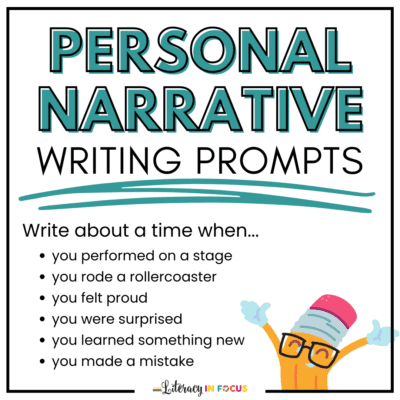
Ideally, introducing your personal narrative unit with an engaging and student-centered activity will create an environment where students feel inspired to write meaningful narratives that captivate readers.
